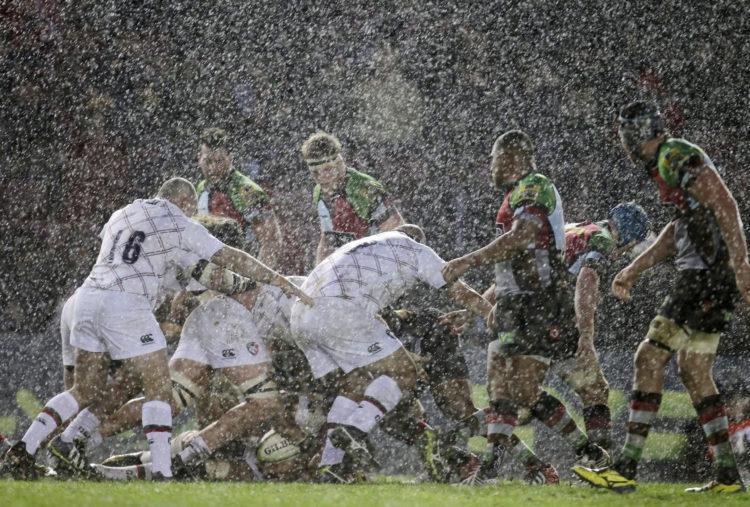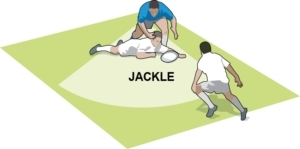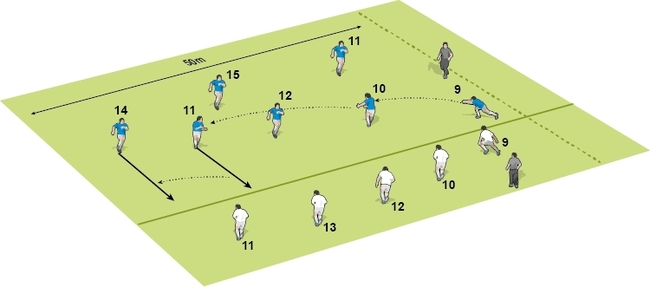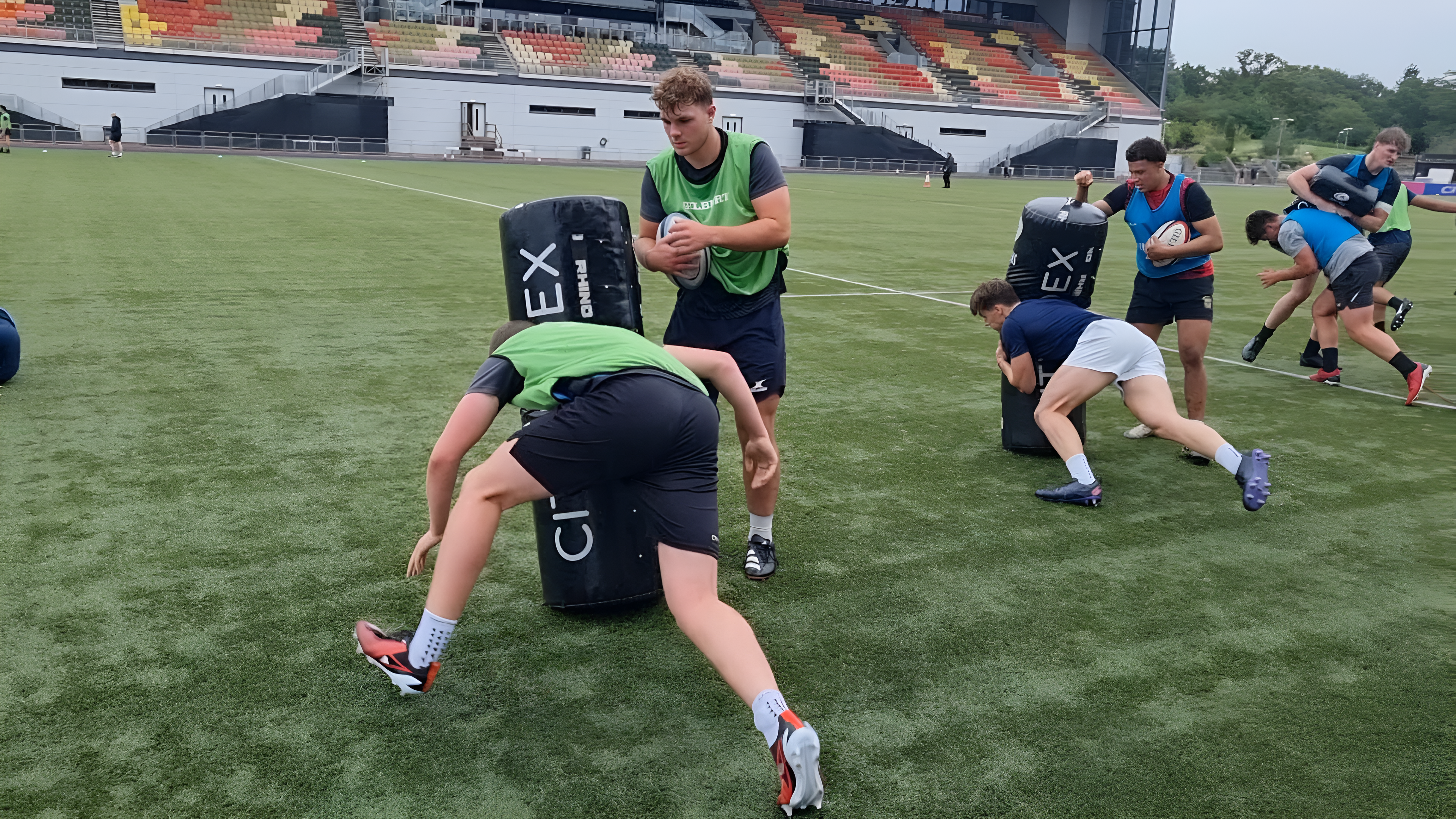Five tactics for playing in the rain

Wet weather changes the shape of the game. Here are five tactics to put into your rainy-day game plan.
1. TURNOVER AND KICK
The high ball is an obvious weapon in wet weather. If the opposition fail to catch the high ball or knock it on, and your team gather it, it makes sense to play the percentages. Keep the ball tight for one phase, so no wild passes. Make as much distance going forward as possible until a ruck forms. From the ruck, kick behind the ruck, where the defence is least likely to be in position. The pressure is once again placed on the opposition further down the field than before.
2. 100% CONTACT BALL
Wet weather produces spilt balls by the player in possession. Players need to have a safety-first attitude toward contact. This means two hands on the ball into contact and turning away from the defenders early. The fingers should spread over the ball because they act to soften the hits.
Ball placement is another area of contact where the ball is often knocked on or lost. The tackled player should delay the placement away from the body until the very last moment. Though it risks being gathered by an opposition player, it’s a calculated risk.
In training, put the pressure on by practising with wet and old, over-pumped balls in close-contact situations.
3. TACKLE LOW
Wet weather changes the effective height in tackling. Low tackles in dry weather allow the tackled player to offload the ball. In wet weather, offloads are dangerous. Therefore your players can tackle low and prevent momentum. A good low tackle will bring the ball carrier down faster, with the added chance of the ball being dislodged or the ball carrier losing a certain amount of ball control.
4. PICK-AND-GO AND KICK
Many teams resort to the pick-and-go game in wet weather. The ball is picked up or popped up from the base of the ruck and taken up close by. It is low risk. However, it is easy to defend. In wet weather, it is sometimes better to give the attacking problems to the other team to deal with. Pick-and-go to set up a position to kick. Then let the opposition work out how to play with a wet ball.
5. COMPRESS AND SPREAD
You can still attack wide out with the ball in hand in wet weather. Compress your backline together to have shorter passes. The winger, on receiving the ball, arcs out and around into the wider space. The lateral movement of the pass is replaced by giving your fastest player more space to run on the outside.
Related Files
Newsletter Sign Up
Coaches Testimonials

Gerald Kearney, Downtown Las Vegas Soccer Club

Paul Butler, Florida, USA

Rick Shields, Springboro, USA

Tony Green, Pierrefonds Titans, Quebec, Canada
Subscribe Today
Be a more effective, more successful rugby coach
In a recent survey 89% of subscribers said Rugby Coach Weekly makes them more confident, 91% said Rugby Coach Weekly makes them a more effective coach and 93% said Rugby Coach Weekly makes them more inspired.
Get Weekly Inspiration
All the latest techniques and approaches
Rugby Coach Weekly offers proven and easy to use rugby drills, coaching sessions, practice plans, small-sided games, warm-ups, training tips and advice.
We've been at the cutting edge of rugby coaching since we launched in 2005, creating resources for the grassroots youth coach, following best practice from around the world and insights from the professional game.













